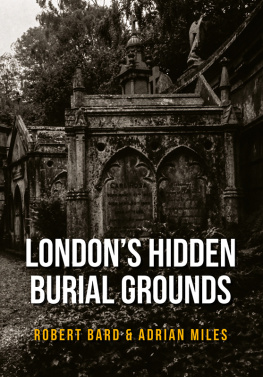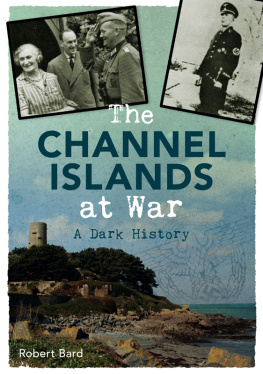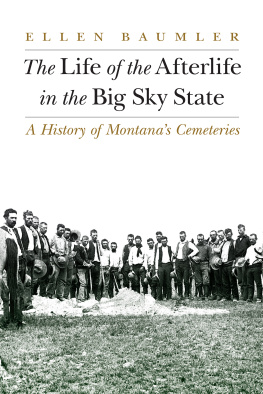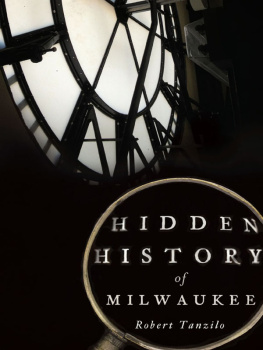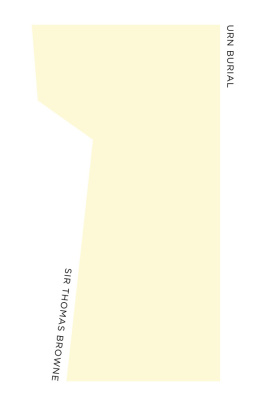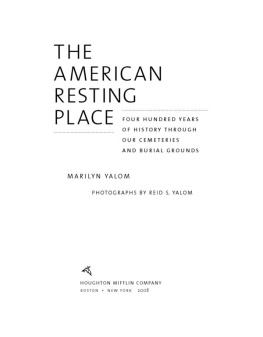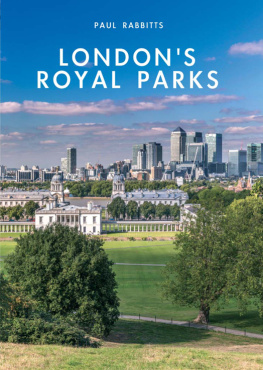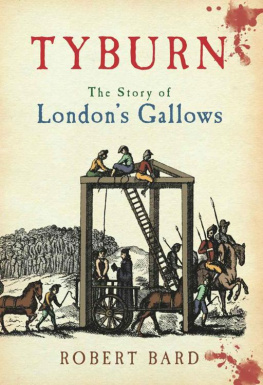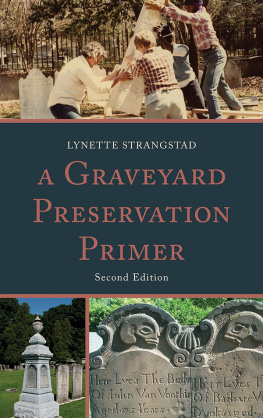Introduction
It is a fascinating thought that many hundreds of generations of Londoners lie beneath the city as we know it. Throughout the millennia, burial grounds have been developed, built over, and forgotten. Occasionally, when modern development takes place, the remains of Londoners past are disturbed and we are reminded of a London that has long since disappeared. This hidden aspect of London has been remarked upon since the London historian Stow, writing at the end of the sixteenth century, commented on bones that were unearthed in 1576 at Spitalfields.
The digging of many of the railway lines and tube tunnels led to the disturbing of previously unknown burial grounds, right through from Roman times to the present day, such as the recent Crossrail project. The recognition of the importance of post-medieval burials in recent times has led to much more archaeological excavation of burial grounds, when their sites have come up for development, which has vastly increased our knowledge of the burial grounds and the practices that went on within them.
The knowledge that there is an untold history, which lies often forgotten under our feet, has fascinated generations of those that have recorded Londons history. Indeed, in the 1880s a Mrs Holmes observed: In looking one day at Rocques plan of London (17425) I noticed how many burial-grounds and churchyards were marked upon it which no longer existed...I commenced to draw up a list of all the burying-places, of which I could find any record, still existing, or that had ever existed in London. It was no easy task. By the use of ancient and modern maps and visiting the many sites she identified such as the German ground in the Savoy, the additional ground to St Martins in the Fields, and Thomas ground in Golden Lane... all of which had disappeared. As a middle-class Victorian woman, she tells us that she had some fascinating experiences while out graveyards-hunting. Twice she had mud thrown at her: once by a woman in Cable Street...and once by a man in Silchester Road. At the time, with research at the British Museum and the use of sixty Ordnance Survey maps, Holmes identified within the County and City of London 362 burial grounds, of which forty-one were still in use. A further ninety had become public gardens and playgrounds. This number excluded churches and chapels with vaults under them. Thus began an extensive work which looked at all categories of burial grounds ranging from Roman burial grounds to Pest-Fields and Plague Pits and many more. The end result of this extensive survey was a List of Burial-Grounds in Existence and Burial-Grounds which have disappeared. Holmes identifies a cycle of use relating to burial grounds that still holds true when she says that
it is interesting to trace on maps of different dates the rise and fall of a graveyard. First there is the actual field, which on some particular day was acquired for the purpose. Then there is the burial-ground formed and in use. Then the plot appears to be vacant put to no purpose, or used as a yard. Lastly buildings are on it, and the graveyard has quite disappeared.
Holmess survey was used by the Metropolitan Public Gardens Association, whose principal objective was the protection, preservation, safeguarding and acquiring for the permanent preservation and the public use of, among other things, disused burial grounds and churchyards.
Holmes followed on from a publication by Dr George Alfred Walker, who was disgusted by the unhygienic and overcrowded state on many of Londons churchyards and burial grounds. The report he wrote consists of many first-hand accounts of not only the state of some of these grounds, but the appalling practices that were often carried out by the owners of the many private chapels and grounds, which involved the destruction of newly buried coffins and mortal remains in order to cram more dead into the same piece of ground.
Walker, a surgeon, was to become a prominent campaigner against burials within areas of dense human habitation. Walkers surgery was located at No. 101 Drury Lane, close to the St Martins Drury Lane burial ground, a ground so overflowing with bodies that the graveyard became level with the first floor windows surrounding the place.

